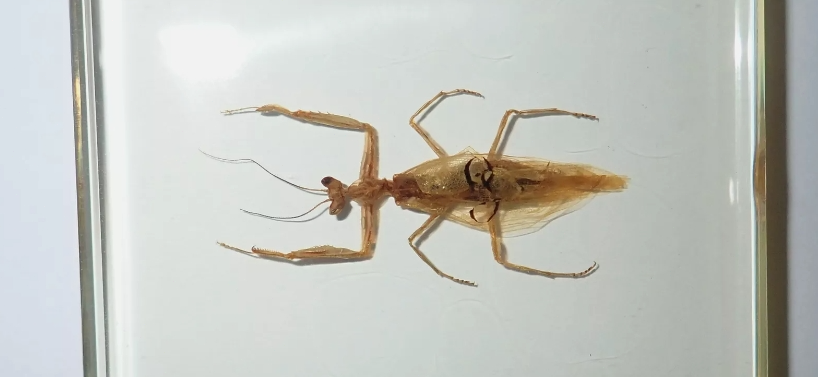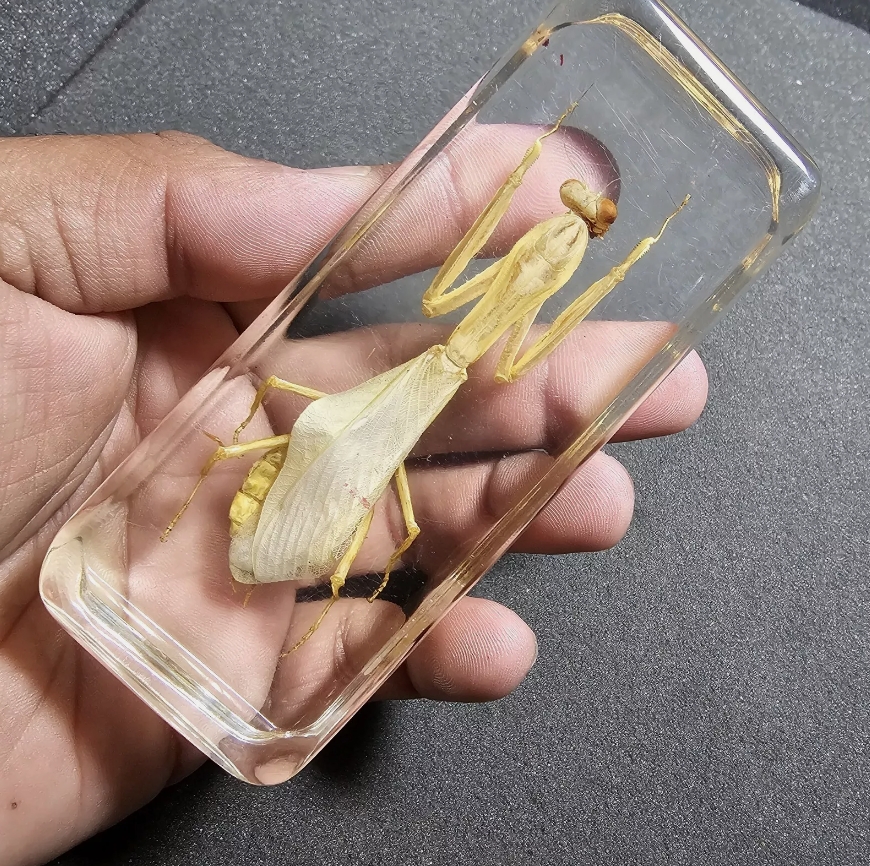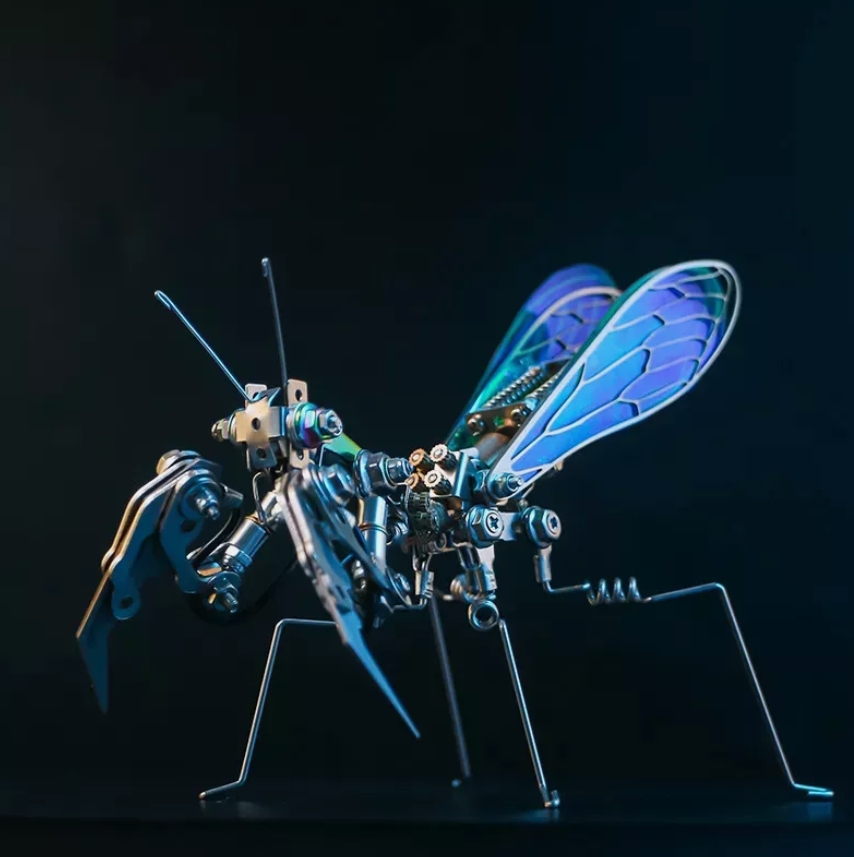The mantis model is a theoretical model often used in ecology and biology to describe the relationship between predators and prey. The creature, named after the praying mantis, has become the focus of research because of its unique hunting methods. Mantises occupy an important place in nature with their sharp forelimbs and flexible hunting skills, making it particularly important to study their survival strategies.
In ecosystems, there is a complex dynamic balance between predators and prey. The Mantis model aims to depict the changes in this relationship through mathematical formulas and graphs, analyzing the fluctuations in predator and prey populations under different environmental conditions. The model usually consists of two parts: the growth model of the predator and the growth model of the prey. The growth of predators is influenced by the number of prey, and the number of prey changes under the pressure of predators.
By applying the mantis model, the researchers were able to observe how different factors affect the interactions between predators and prey. For example, habitat changes, competition for resources, and environmental disturbances can lead to dramatic population fluctuations. In some cases,predator population growth can lead to a rapid decline in prey, which in turn can lead to a decline in predator populations due to food shortages. Such cyclic relationships show the delicate balance between species in an ecosystem.
In addition, mantis models can be used to study biodiversity conservation and management. In ecological conservation work,understanding the dynamic relationship between predators and prey helps to formulate effective conservation strategies. For example, if one species overpreys,it may lead to the extinction or population collapse of other species. Therefore,analyzing the mantis model can help managers maintain ecological balance and promote the sustainable development of biodiversity.




